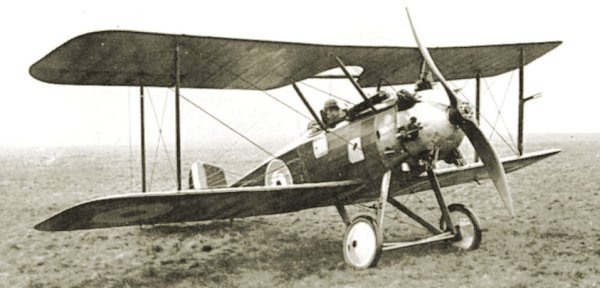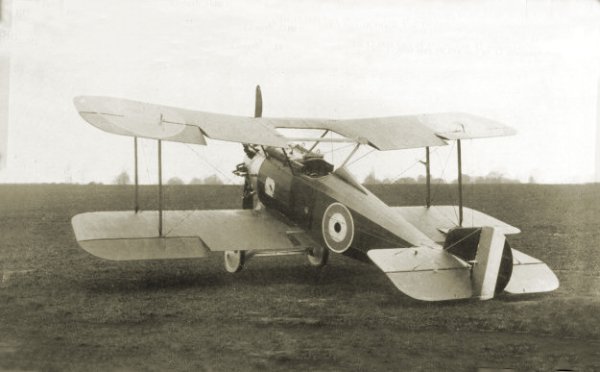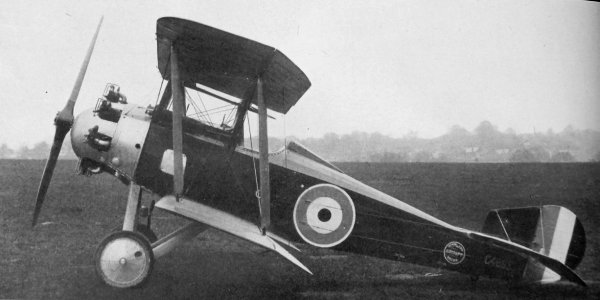Westland Wagtail
Westland Wagtail
Prototype Fighter Aircraft
The Westland Wagtail was a prototype British fighter aircraft of the First World War. A single-engine tractor biplane, the Wagtail was a failure owing to the unreliability of its engine, only five being built.
The Westland Wagtail was designed by Westland Aircraft of Yeovil in 1917 to meet the Royal Air Force Specification IA for a light fighter with superior performance to the Sopwith Camel. Westland's design team, led by Robert Bruce, the Company's manager and Arthur Davenport, Chief Draughtsman, came up with a design for a small single bay biplane, powered (like the other competitors for the Specification, the BAT Bantam and the Sopwith Snail) by the 170 hp (127 kW) ABC Wasp radial engine. The Wagtail was of conventional wood and fabric construction, with the upper wing centre-section having a large cut-out to improve the pilot's view, and carrying an armament of two Vickers machine guns mounted over the nose.
An order for six prototypes was placed in February 1918, (although the last two were later cancelled) with the first airframe being used for structural tests and not flown. Delays in delivery of engines delayed flight testing of the Wagtail, with the first to fly, serial number C4291, flying in April 1918, two months after the airframe was complete. Testing showed that handling of the Wagtail was good, but also quickly showed that the Wasp was unreliable. Although the Wagtail proved the best of the three Wasp-engine fighters tested, the Wasp was officially abandoned in October 1918, which together with the end of the war on 11 November, resulted in it not being adopted as a fighter.
Despite this,
two further
Wagtails were
ordered in 1920,
as test-beds for
the new 150 hp
(112 kW)
Armstrong
Siddeley Lynx
radial. These
two aircraft,
which had a
shorter nose to
compensate for
the heavier
engine, were
delivered in
1921 and
remained in use
until August
1922.
![]()
| General characteristics | |
| Crew: | One |
| Length: | 18 ft 11 in (5.77 m) |
| Wingspan: | 23 ft 2 in (7.06 m) |
| Height: | 8 ft (2.4 m) |
| Wing area: | 190 sq ft (18 m²) |
| Empty weight: | 746 lb (338 kg) |
| Loaded weight: | 1,330 lb (603 kg) |
| Powerplant: | 1 × ABC Wasp 7-cylinder air-cooled radial engine, 170 hp (130 kW) at 1,900 rpm |
| Performance | |
| Maximum speed: | 125 mph (201 km/h; 109 km) at 10,000 ft (3,000 m) |
| Service ceiling: | 20,000 ft (6,100 m) |
| Endurance: | 2hours 30 minutes at 15,000 ft (4,600 m) |
| Climb to 5,000 ft (1,520 m): | 3 minutes 30 seconds |
| Armament | |
| Guns: | 2x synchronised 0.303 in (7.7 mm) Vickers machine guns |
| Production | |
| Number built: | Five. |
| First flight: | April 1918 |
All the above text based on / 'borrowed' from Wikipedia.
gallery

A Westland Wagtail seen from the front.

.... and seen from the rear.

A side view of the Westland Wagtail.